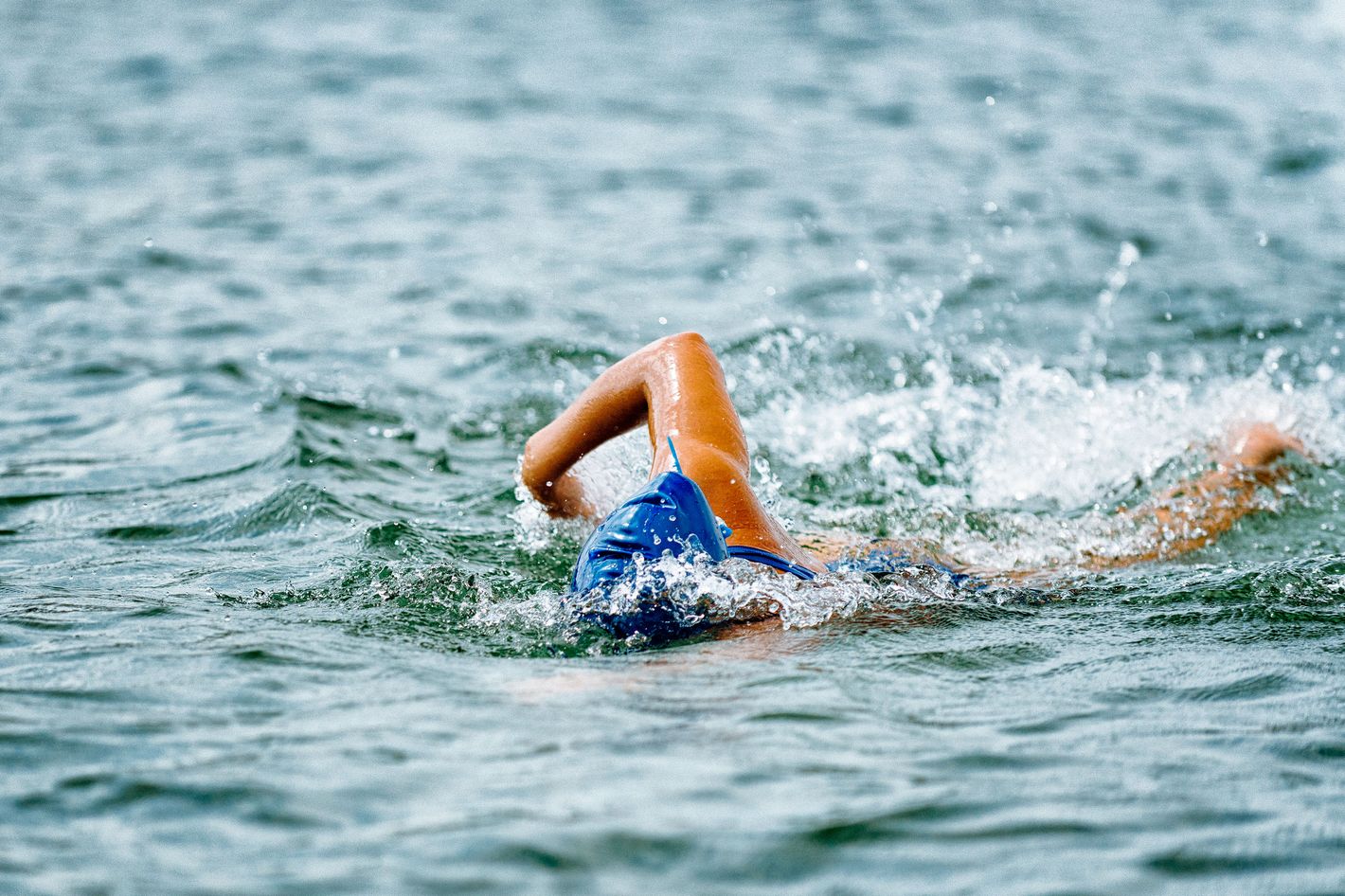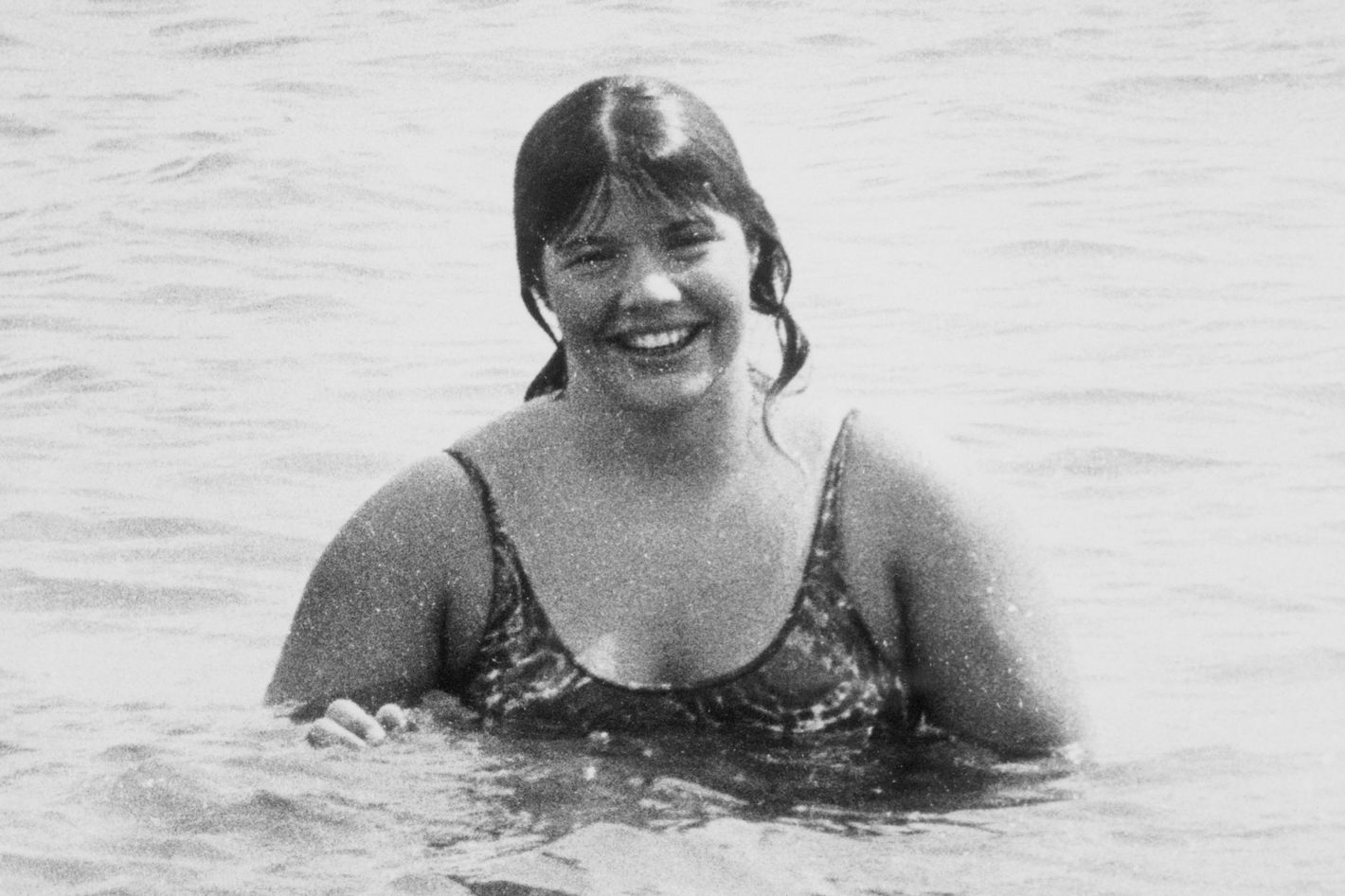
In 1985, Nature published a paper arguing that women would outrun men in marathons by 2000. Like so many other things that were supposed to happen “in the year 2000,” this prediction never came to fruition. Women’s finishing times were indeed improving rapidly as compared to the rate of men’s improvements, but that was likely because women were so much newer to distance running as compared to men. As science writer Rose Eveleth has explained, that Nature paper “extrapolated linearly from a few points of early data. (Its conclusions are mocked in many entry-level statistics courses.)” In 2016, the fastest men runners are still about 12 percent faster than the fastest women, and most exercise scientists doubt that women will ever outperform men at the elite marathon level.
Still, the idea made some scientific sense. Research has suggested that women runners may be better at pacing than their male counterparts, in that women are less likely to slow down during the grueling second half of a marathon. That may be because women’s bodies are better at fat-burning over longer distances than are men’s, or so one favored hypothesis goes. As the miles go by, women seem to be burning through more fat and fewer carbohydrates as compared to men; in contrast, men deplete their carbohydrate stores more rapidly, which may cause them to slow their pace or hit “the Wall.”
An intriguing theory, and yet it didn’t pan out in marathons. Recently, though, some scientists have begun to study whether women will ever catch up to men in ultra-distance events, defined as those lasting more than six hours. In particular, an exercise researcher named Beat Knechtle has been faintly obsessed with the subject, judging from his output. In the past five years, he and various colleagues have published studies examining finishing times in ultra-distance running, cycling, and swimming. In just one of those events — open-water, ultra-distance swimming — women were “able to achieve a similar or better performance compared to men,” he said.
There’s something special about ultra-swimming, it seems. In 2014, for example, Knechtle published a paper looking at 30 years of finishing times for the Manhattan Island Marathon Swim, a 28.5-mile loop around the perimeter of Manhattan. On average, the best women were 12 to 14 percent faster than the best men. Another study, published in 2015, looked at 87 years of finishing times for the 20.1-mile Catalina Channel Swim, and found that when “the swimming times of the annual fastest women and the annual fastest men competing between 1927 and 2014 were compared, women were 52.9 minutes faster than men,” Knechtle and his colleagues write.
That’s notable in itself. But it’s not the whole story. Where it gets really interesting is at the amateur level, said Steven Munatones, considered one of the foremost experts on open-water swimming. A few years ago — purely to satisfy his own curiosity — Munatones analyzed the finishing times of men and women who participated in the biggest ultra-distance swims around the world. He did this for three years, keeping track of “12 or 13” races — he can’t remember exactly. He never intended to publish these results anywhere; again, this was for his own curiosity, as a coach and as an open-water swimming fan. Here’s what he found. “If you’re looking at the average times — the average woman is faster than the average man,” said Munatones, who is the founder of the World Open Water Swimming Association. “Which, frankly, I was surprised to see.”
In contrast to Knechtle’s studies of the Manhattan Island Marathon Swim and the Catalina Channel Swim, Munatones’s data suggest that the fastest women are still slower than the fastest men. He suspects Knechtle and his colleagues arrived at their conclusion because the events they studied are relatively small, and don’t attract the caliber of athletes that, say, the English Channel does. (“You’re talking Olympians, fast pool swimmers, everybody,” Munatones said. “That’s where everybody goes.”) Several times over the past century, for example, a young woman or teenage girl has held the record for fastest English Channel swim. In 1926, 20-year-old Gertrude Erdele — the first woman to cross the Channel — beat the then-record by two hours; open-water champion swimmer Lynne Cox has held the record two separate times, when she was 15 and 16. But, mostly, men have been the fastest to cross the Channel. Indeed, the current record-holder for fastest swim across the English Channel is Australian Trent Grimsey, at 6 hours and 55 minutes; the fastest recorded time for a woman is Yvetta Hlaváčová, at 7 hours and 25 minutes.

Photo: Bettmann Archive
In other words: The elite men are still faster than the elite women. But at the amateur level? The middle-of-the-pack women are faster than the middle-of-the-pack men. That’s true even for the English Channel, Munatones said. “That was the first one I did, the English Channel,” he told me. “It was the easiest to compile, with 135 years of history.” (He consulted with a statistician for his pet project.) “The average female time was 33 minutes faster than the average male time,” he continued. “The average male time — that’s every successful English Channel swimmer — was a little over 13 hours. That means that the average woman finished over one mile faster than the average man.”
The world has changed immeasurably since August 1875, when Captain Matthew Webb became the first person to swim across the English Channel without assistance. And yet not much about open-water swimming has changed. The rules are simple, and have stayed the same for more than a century: A swimmer is allowed to wear only a swim cap, goggles, and a simple, traditional swimsuit — nothing that would provide extra buoyancy or warmth (so a wet suit is out). They swim next to an escort boat, but they aren’t allowed to hang on to or even touch the boat; they swim across and emerge onto the other shore of their own power. “It allows people who have been swimming the English Channel to more or less compare it to the way Matthew Webb did it in 1875,” said Evan Morrison, co-founder of the Marathon Swim Federation. “I’m not sure there are many sports you could say that about.”
It’s not likely that women, at either the amateur or elite level, will be sprinting faster than men any time soon, whether that’s on land or in the water. “Women have lower hemoglobin levels, lower oxygen supply to their limbs, a smaller stroke volume in their hearts, and generally less power in their muscles,” Eveleth explained.“But even if it’s unlikely that a woman will break into the mens’ world record circle for the 100-meter-dash, at mile 100, they are catching up.”
Ultra-endurance events are different, in other words. Though the line of research led by Knechtle has identified only ultra-distance swimming as a sport in which women routinely outperform men, in ultramarathons, the gap between women’s and men’s times has at least narrowed over the last several decades. Earlier this year, Knechtle and several colleagues published a study in the open-access journal Springer Plus that examined the finishing times of 32,187 ultramarathoners from 1975 to 2013. During that window, “women were able to reduce the gap to men,” they write. They weren’t winning. But they were catching up. There are many possible explanations for this finding, one of which could be that ultramarathons, though they’ve grown in popularity, still do not attract a huge number of participants. If more of the very fastest men runners were entering these races, maybe that would change those numbers. Still, the experts I spoke with agreed at least on this: The longer the distance, it seems, the less sheer power matters. When you’re running 100 miles, things like strategy, planning, fueling, and, yes, even grit matter more than pure strength.
Open-water swimming in particular has a few more of those extras that are unrelated to strength. “In swimming, even compared to running, technique is very, very important,” Morrison said. “And there’s no sex difference in the ability to develop a good swimming technique.” Strength can only take you so far, he added. “The biggest factor is reducing drag and making your body move more efficiently through the aquatic environment,” he said.
But according to Knechtle, the probable explanation for women’s apparent competitive edge in open-water endurance swimming is one specific physiological feature: body fat, but for a different reason than the theory about fat-burning and distance running. In the 2014 paper on the Manhattan Island Marathon Swim, for example, he and his colleagues note that female open water ultra-swimmers tend to have a body fat percentage of 30.7 to 31.3 percent; compare that to their male counterparts’ 18.8 to 20.2 percent. “Competitive female swimmers have proportionately more fatty tissue at the lower body than male swimmers,” they note. “The higher percentage of body fat may improve both buoyancy and swimming performance in women.”
Or, as Cox, the ultra-swimmer who broke the English Channel records as a teen, phrased it in her 2004 book, Swimming to Antarctica: “Thank God (or Ben & Jerry’s) for my body fat.” (Her new book, Swimming in the Sink, is out this month.) A little later in that earlier book, she recalls a cruel exchange with the cabdriver who took her and her mother to Shakespeare Beach, where she started her swim across the English Channel in 1972.
“Are you a Channel swimmer?” he asked looking in the rearview mirror.
“Yes, she is,” my mother said proudly.
“Well you don’t look like a Channel swimmer to me. You’re too fat to be one,” he said.
In an interview with Science of Us, she said, “I think the thing about women’s body fat helps. But besides it being an insulator, you have a different level of flotation in the water, which may change the amount of work you do.” If you float easily in the water, in other words, you’re not working so hard to stay afloat. “So that makes a huge difference in energy expenditure,” she said. (No wet suits allowed, you’ll recall.)
Cox’s sport is not a popular one, by any stretch of the definition. From 1983 to 2013, for example, just 788 men and women successfully completed the Manhattan Island Marathon Swim. Contrast that with the 49,617 runners who finished the New York City Marathon last year, or even the 300 participants in the New York Road Runners’ annual 60K last November. But what’s happening in open-water, ultra-distance swimming is intriguing — this sport is truly a unique one.



